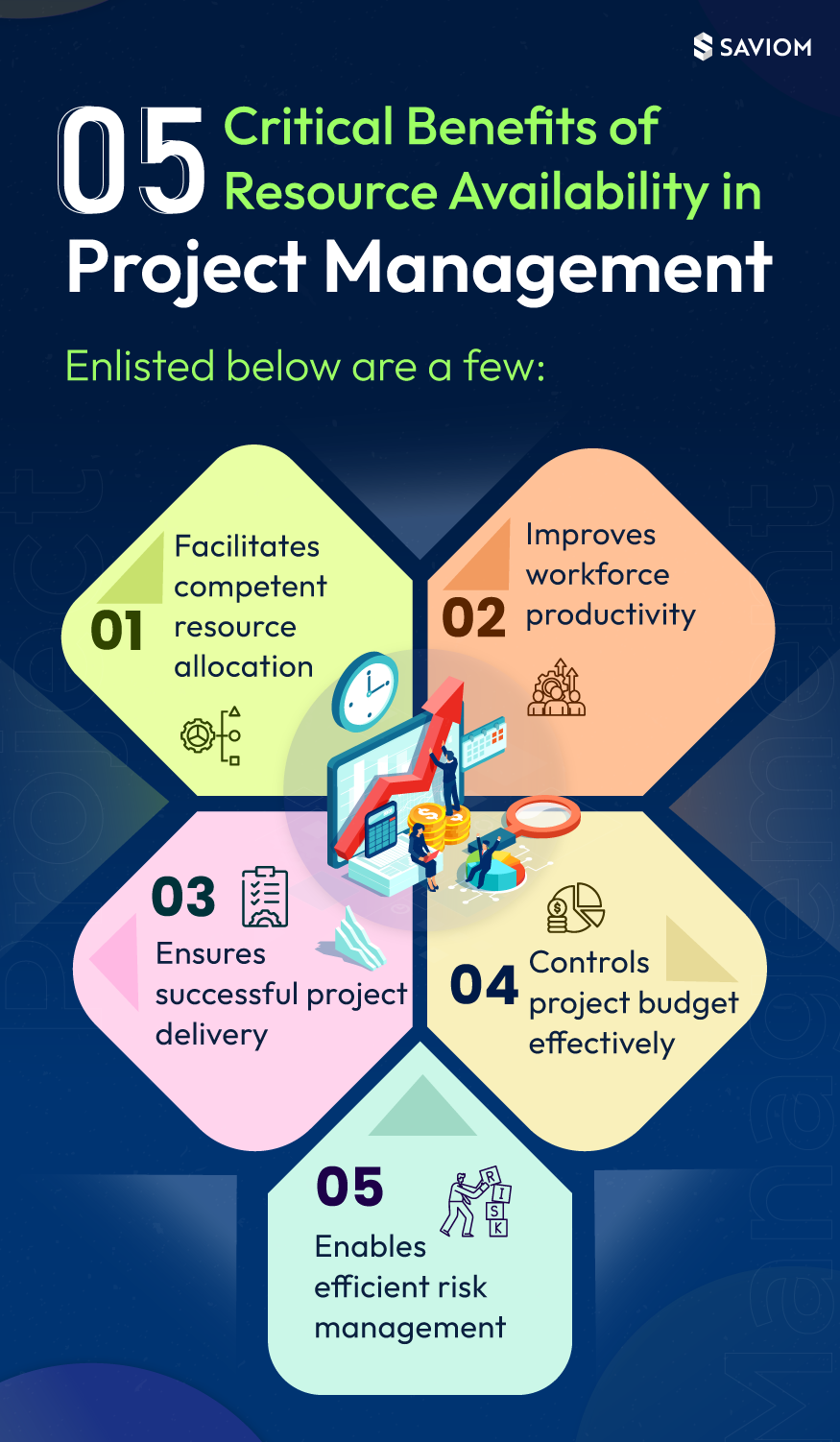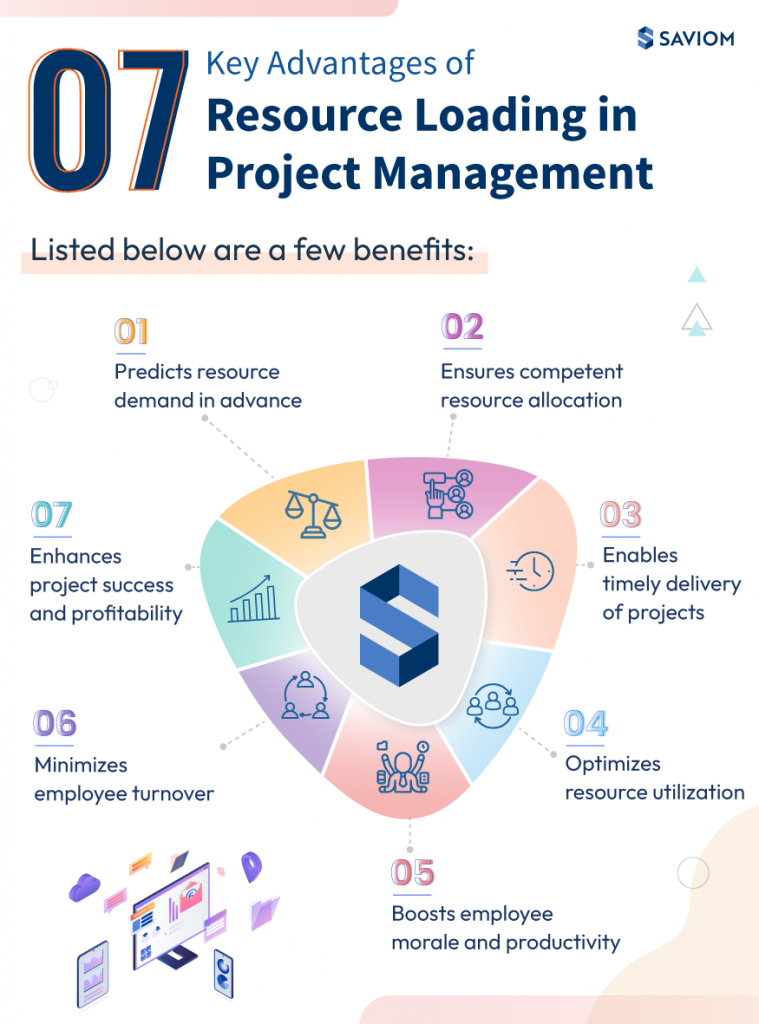If you look for an example of a multi-skilled role, consider the core job of a project manager. From the role of a task manager to being a leader and mentor with subject matter expertise, a project manager wears multiple hats. Out of these roles, the primary responsibility that steers the project progress with success lies in managing the project lifecycle.
As per the Project Management Institute (PMI), the project lifecycle offers a systematic, timely, and comprehensive process that benefits a project’s stakeholders.
To achieve better project management, managers split each project into different phases. These phases cumulatively form the project’s life cycle. It simplifies the project management process as the outcome of each phase is defined earlier so that everyone knows what to expect.
Whether it is a small project with a single team or a large, multi-departmental one, the project lifecycle ensures that each project is structured, tracked, coordinated, and completed efficiently to achieve specified goals and deliverables.

This article discusses the project life cycle in detail, its importance, and how implementing the five phases can lead to success.
Let’s get started.
What is Project Life cycle and its Importance
A project lifecycle is the sequence or series of phases that a project undergoes from its initiation to its closure. The objective of the project lifecycle is to establish an easy-to-follow system for all resources to complete a project successfully. The life cycle for each project may vary depending on the specific needs, nature, and scope of a project. However, the key phases remain the same.
Importance of the Project Life Cycle
The project life cycle plays an important role in project management. Imagine working on a project without a specific purpose or goal? Or assume working in a siloed work environment which leads to management chaos? Odd, isn’t it?
The project lifecycle provides a systematic project strategy that specifically outlines each project’s tasks and output. It also enables managers to monitor the progress of the project and review tasks that are completed in each phase.
In addition, the project phase framework also helps in defining roles and responsibilities in each phase and enhances communication among resource teams. It makes project managers recognize risks and constraints and plan well in advance.

Let’s delve deep and understand the different types of a project life cycle in detail;
Types of Project Life Cycle
Depending on the organization, there are different types of project life cycles that a company can follow to achieve the desired outcome. Primarily there are three types of project life cycles;
Predictive life cycle:
The predictive life cycle is also called plan-focused or plan-driven. In this life cycle, the scope, time, and costs are defined at the beginning of the project. Here activities of the project follow a sequential approach, which implies that one phase leads into the next phase and so on. Predictive development tends to be the best for static/simple projects.
Iterative and Incremental life cycle:
In iterative or incremental life cycles, the events of the project are repeated in phases or iterations. It takes a project sequentially or overlappingly by a sequence of repetitive loops. In comparison, an incremental life cycle adds a functionality feature at each iteration.
This life cycle is often used for large and complex projects, which allows input and improvements to be incorporated throughout the process.
Agile or adaptive life cycle:
This project lifecycle is also called change-driven or agile life cycle. In an adaptive life cycle, like SCRUM or KANBAN, the project is developed over multiple iterations. Here iterations are more rapid and take place at fixed intervals and cost. It is majorly used in IT projects or to build software applications that experience fast-paced changes.
The PMI has acknowledged the importance of an Adaptive or agile life cycle by including it in the 5th Edition PMBOK® Guide.

Now that we are aware of the various types of the life cycle within a project let’s understand the phases of a project management process.
The Phases of a Project Lifecycle
The project life cycle consists of five crucial phases that play a lead role in helping the project manager and the concerned team achieve goals set in the project.
These five distinct phases are;
- Initiation Phase
- Planning Phase
- Execution Phase
- Monitor and Control
- The Project Closure Phase
Phase I: Project Initiation
The first stage begins with the project’s initiation, where the objectives and deliverables of a project are defined. The key activities of this stage include;
- Create a project charter
- Identify key stakeholders
- Assign project manager
- Select project management and technical tools
By the end of this phase, the project’s purpose, goals, requirements, and risks are identified and defined.
Phase II: The Planning
The second phase or planning stage occurs after the project has been approved. This phase is critical for the execution and control phases and is further breakdown into three steps.
- Project Planning
- Resource Planning and Scheduling, and
- Risk Evaluation
Some of the key deliverable of this phase include;
- Documented Project Plan
- Work-Breakdown Structure (WBS)
- Gantt Chart of resource schedule
- Communicate roles and workflows to team members
- Risk evaluation and developing contingency plans

Project Planning
The project manager develops a detailed plan for the project’s execution. The project plan must include every component, such as the costs, risks, resources, and timelines for implementing the project successfully.
They define the project’s scope by developing a work breakdown structure (WBS) and draft a complete project schedule. WBS is vital to split project deliverables into manageable modules. It allows managers to allocate resources to various tasks.
Resource Planning and Scheduling
Resource planning helps managers to deploy potential resources based on the demand of the project. The multidimensional resource scheduler facilitates the 360-degree visibility of all resource profiles across the enterprise.
After analyzing different resource attributes (skill sets, cost rate, location, available capacity, etc., the next step is resource scheduling. Using a resource management tool, scheduling can be done in real-time, eliminating any chance of double-booking. Managers can then get a pictorial depiction of the resource allocation and task dependencies on Gantt charts.

Risk Evaluation
The next stage is where project managers assess the potential project risks and define risk management practices. They can build and simulate multiple scenarios on a resource management tool through what-if analysis. It helps predict the best possible outcome under the existing constraints before managers can apply it to an actual resource plan.
A contingency and mitigation strategy is developed after identifying risk and project limitations to decrease the risk probability or reduce the risk effect if it happens.
In project management, contingency plans and mitigation plans are the components of risk management practices.
Impact of Various Constraints on Project Lifecycle
In the modern project landscape, a project is typically constrained by four factors. They include scope, timeline, cost, and stakeholder influence.
Project Cost:
Project budget can either be a fixed or variable factor that refers to the financials and expenditures of the project. It can include resource/labor costs, vendor charges, hardware, software, and other infrastructure charges.
Effective cost control is paramount to the success of the project.
Project Timeline:
It is the amount of time needed to complete the project or tasks within the project. Time is a relative factor that refers to the project’s schedule for completion, including the deadlines for each phase of the project and the date for rollout of the final deliverable.
A Gantt chart can help to visualize the project timeline and other constraints of a project.
Project Scope:
Project scope refers to the work description that helps to achieve project deliverables, features, and functions. SoW (Scope of Work) is a document used by managers as a reference of work. It encompasses the products and services to be provided (deliverable), timeline, and project milestones.
Managers should regularly monitor the scope creep and ensure that it is controlled and managed well in advance.
Stakeholder Influence:
Stakeholder influence shows proportional control over and within a project. During the planning stage of the projects, a project manager identifies stakeholders. In addition, they also manage the influence of all the stakeholders with the project specifications to ensure a necessary output. The stakeholders may be external or internal; it can be the clients, the functional managers, the account or operation managers, sponsors, buyers, etc.

Phase III: The Execution
After the planning phase, the execution phase is the most crucial stage of the project life cycle because most of the time, money, and resources are pulled into the project. The most critical and fundamental part of this phase is maintaining and controlling the communication flow among the resource pool.
Change Control Board manages any additional requirements or changes in the scope during task progression.
Phase IV: Control and Monitor
As the project moves forward, the controlling and monitoring phase runs in parallel with the execution phase. Here project managers need to manage resources and perform progress status meetings with stakeholders and teammates.
At the end of this phase, they measure all the project KPIs, i.e., quality deliverables, cost tracking, and performance tracking.
Phase V: Project Closure
The closing stage is crucial in the project’s life cycle as it indicates the project’s official termination. All the initial agreed-upon project deliverables should be completed and approved by the end-user/client/customer.
Here managers emphasize the final delivery and release resources from the project. They then also analyze the biggest wins and losses as a part of learnings that can apply to future projects.
Now that you’ve got a comprehensive view of all project phases let’s understand its nitty-gritty through an example.
Project Lifecycle Example: An Overview
Let’s assume your construction company won a contract to design and build the international level corporate office in the U.S. Now, as a project manager, what will be your approach?
At the initiation phase of the project, managers create a Project Initiation Document (PID) that will focus on defining the scope, timeline, budget, and the right team to execute this project. During the planning phase, project managers will answer the following questions:
- What needs to be done?
- Who must do what?
- What will be the duration of each task?
- How much is the project going to cost?
- What are the potential bottlenecks, and how to manage them?
The resource planning and scheduling resources are also carried out under WBS. At the end of the planning phase, the project draft proposal is presented to stakeholders to obtain permits and approvals.
Then comes the execution phase, where most of the resource time is spent to achieve the scope of work (SoW). From setting up brick and mortar to building an office cubicle, all construction operations are carried out.
In the closing phase, the newly constructed corporate office is handed over to the client. Project managers then report the final documents of project delivery and inform stakeholders about the project’s closure.
Many essential aspects must be taken care of to finish a project successfully. Therefore, using a multidimensional resource management tool and following the project phase framework will help prevent risks and ensure quality delivery.

Now, let’s quickly look into some takeaway tips to manage project lifecycle effectively,
How Resource Management Benefits Project Lifecycle?
The complexity of managing dispersed teams from different geographical locations can often turn out to be highly challenging. The spreadsheets or other home-grown tools are not suitable for project resource management-related activities. Using enterprise resource management software, managers can gain complete visibility of all project metrics in real-time and facilitate efficient resource planning.
This intuitive resource management tool can fulfill the project demand by assessing resource availability at the planning phase. The project managers first initiate resource requisition for the fulfillment of open positions using an in-built workflow process. With the help of real-time data for resource capacity and matching role requirements, resource managers then propose the appropriate resources.
A structured resource requisition process helps resolve any resource-related conflicts and prevents double-booking. An audit trail of all the communications between the project manager, resource manager, and other parties can be viewed and analyzed at a later stage if required. Lack of resources can trigger hiring or reskilling. These activities need to be planned to ensure the success of every project.
During the project execution, the project managers need to plan for the ramp-up and ramp-down of resources at various stages. This must be appropriately planned, and sufficient lead time needs to be given to the resource managers to find suitable resources. In the absence of resource management software, this activity becomes ad hoc and becomes a last-minute hurdle. As a result, the resource quality is compromised, leading to delivery failure.
Sometimes it may not be possible to meet hundred percent requirements when there are multiple positions to fulfill. In that case, the resource managers can negotiate to propose some of these positions that match sixty percent or more requirements. The remaining skills are acquired on the job. This comes under a structured resource planning framework and can only be successfully implemented with the help of a resource planning tool.
During the Milestone review, it can be observed that a project may need specific resources for a short period to bring the project back on track. Only with the help of a resource management tool, such resources can be quickly identified. Resource management software also tracks the overall utilization of all the resources at the organization level. If a project is holding on to a critical resource without much activity, it can be highlighted in various reports. These resources can be released and redeployed for other important activities.
In summary, there are multiple resource-related activities needed during a project execution. The success or failure of a project depends on how the resources are managed. Only an enterprise-level resource management tool can make this happen.
Tips to Manage a Systematic Project Lifecycle
- Summarize the objectives and deliverables of a project in a project charter
- Outline project risks, dependencies, constraints, and priorities in a project plan well in advance.
- To get real-time status reports of all the project activities, use a project resource management tool.
- To see the whole project at a glance, use Gantt charts to list all tasks over a project schedule.
- After the closure of a project, managers document the information they have gathered, and knowledge gained to use it for similar future projects.
Conclusion
Using a project resource management tool is an incumbent solution for organizations to manage different phases of the project life cycle. Whether you are running a technical project or managing a creative team, this tool provides solutions that will cater to all project-related challenges. The phases and approaches outlined above will help managers demystify the project life cycle and maximize project success and profitability.
How do you handle the project life cycle in your organization?
The Glossary
The SAVIOM Solution
SAVIOM is the market leader in offering the most powerful and configurable solutions for managing enterprise resources efficiently and effectively. Having more than 20 years of experience, this Australian-based MNC has a global presence in over 50 countries. It is also popular with more than 100 customers and helping them to achieve their business goals. SAVIOM also has products for project portfolio management, professional service automation, and workforce planning software which can be easily customized as per business requirements.












